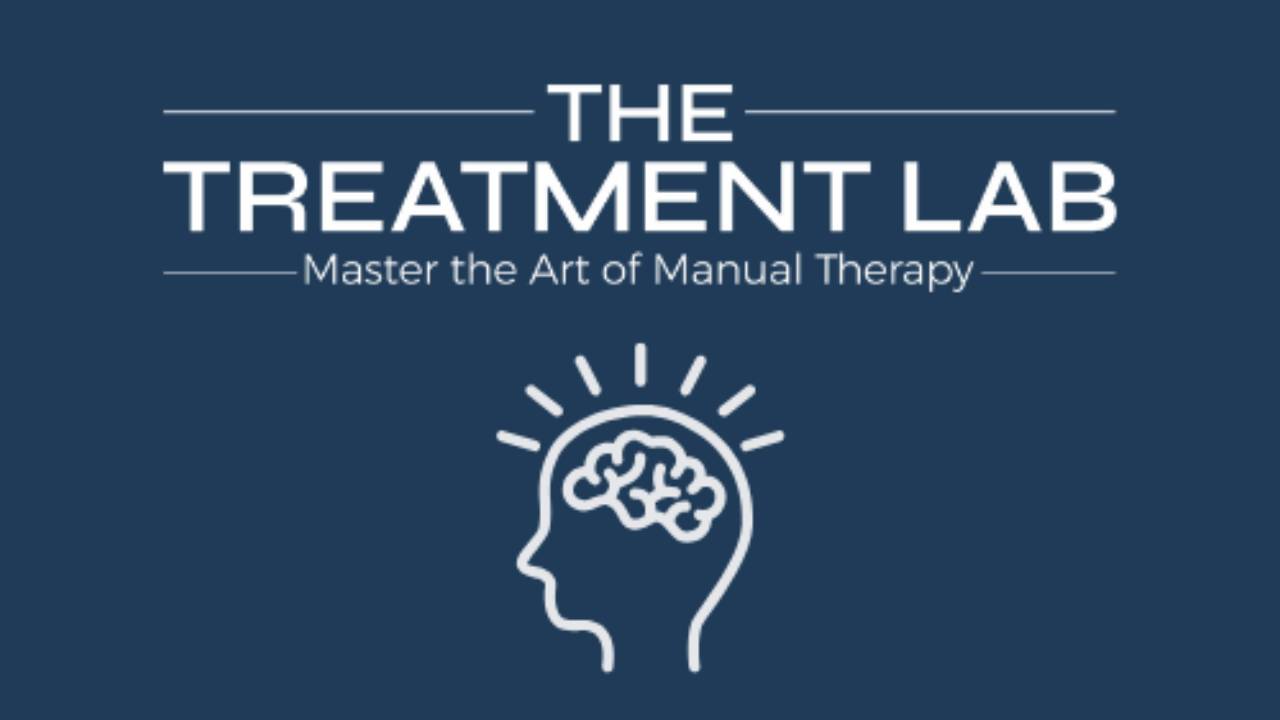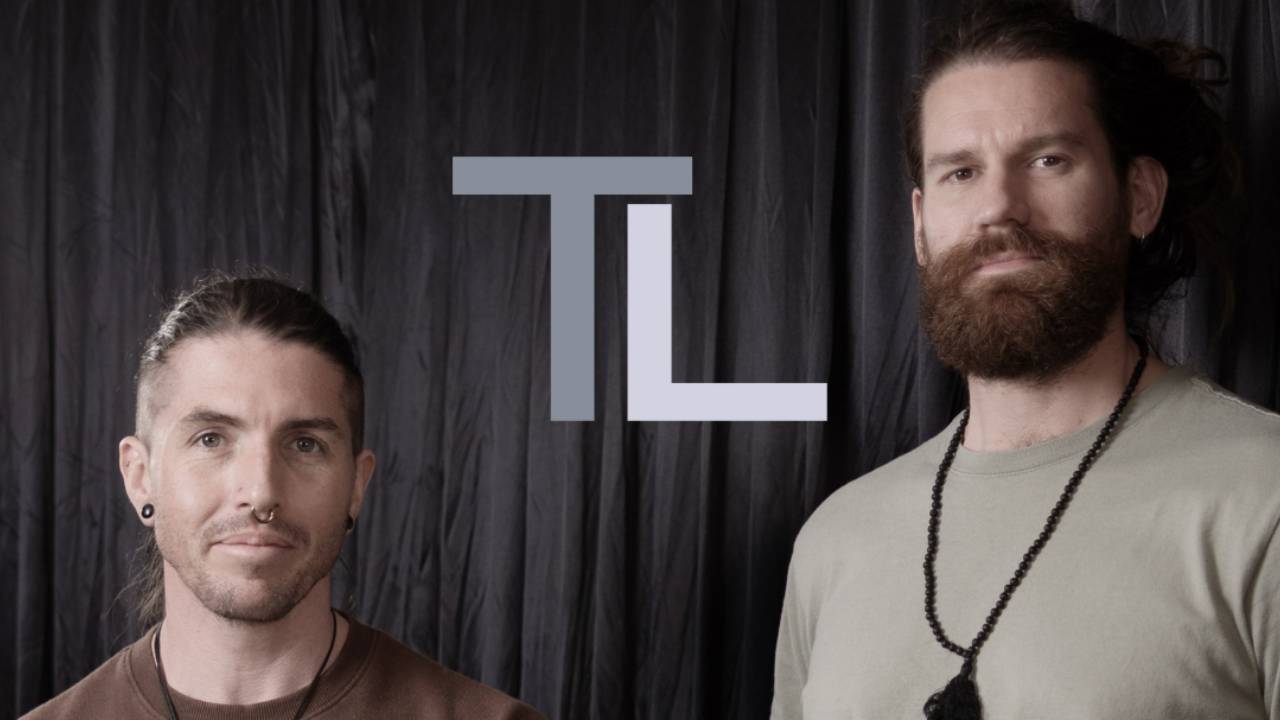Modelling Clinical Excellence: How to Replicate Effective Treatment Strategies and Grow as a Practitioner
Oct 04, 2025
Modelling Clinical Excellence
The What, Why, and How — at a Glance
What is Modelling?
- A process of observing, decoding, and replicating behaviours, strategies, and attitudes that create excellence.
- Focuses on principles and patterns, not just copying techniques.
- Helps separate what is essential from what is idiosyncratic (the “difference that makes a difference”).
Why Use Modelling in Clinical Practice?
- Accelerates learning — build skills in half the time.
- Increases confidence — trust your process and clinical intuition.
- Improves patient outcomes — deliver more consistent, whole-person care.
- Deepens presence — strengthens rapport and creates a healing environment.
How to Model Clinical Excellence
- Choose a behaviour or skill worth modelling (find a model of excellence).
- Observe deeply — beliefs, values, physiology, and strategies.
- Break it down — identify essential patterns vs. non-essential quirks.
- Test and refine — replicate the results, then adapt to your style.
- Integrate — use in practice, reflect, and continue refining.
Introduction
In clinical practice, even experienced practitioners can sometimes feel uncertain. You may ask yourself: Am I making the right decision for this client? Is there a more effective approach I could be using? How do I build consistency and confidence in my treatments?
Excellence in practice doesn’t just “happen” with time or repetition. It can be observed, decoded, and replicated. This process is known as modelling — a powerful tool from Neuro-Linguistic Programming (NLP) that accelerates learning and develops expertise.
By learning to model excellence, you don’t need to rely on trial and error or years of slow improvement. Instead, you can take the essential patterns of high-performing practitioners and apply them in your own work — building confidence, refining your clinical skills, and achieving better results for your patients.
In this guide, I’ll introduce the concept of modelling, show why it’s especially helpful in the clinical setting, and share the key elements I use personally to create excellence in my practice. By the end, you’ll have a framework you can immediately begin applying in your own treatments.
What is Modelling?
Modelling is the process of studying how someone performs a skill or behaviour with excellence, breaking it down into its essential components, and then replicating it yourself.
In NLP, modelling is based on a simple idea:
If one person can do something, it is possible to discover how they do it and teach someone else to do the same — often in half the time it originally took to learn.
True modelling goes deeper than surface imitation. It involves identifying:
- Beliefs and values that drive behaviour
- Mental strategies (inner thought processes and decision-making patterns)
- Physiology (breathing, posture, tone, movement)
By understanding not just what an expert does, but how and why they do it, you can begin to replicate the results in your own practice.
Essential modelling separates what is crucial from what is idiosyncratic — the difference that makes the difference. Once you identify the essentials, you can install them into your own practice, test them, and refine them until you achieve similar results.
Why Modelling Helps in the Clinical Setting
In healthcare, every practitioner wants to deliver the best outcomes for their patients. Achieving consistent excellence can be challenging. Each client is unique, and the complexity of human behaviour, pain, and recovery means there are rarely straightforward answers.
Modelling allows clinicians to:
- Shorten the learning curve — adopt proven patterns from experts or mentors more quickly.
- Reduce uncertainty — clear structures for observation, decision-making, and treatment reduce second-guessing.
- Improve patient outcomes — consistently applying effective strategies leads to faster and more reliable progress.
- Enhance practitioner confidence — knowing which behaviours and strategies are essential builds self-assurance.
- Support ongoing growth — each observation or session is an opportunity to refine skills and expand your internal model.
Remember: Excellence is not about copying someone else perfectly. It’s about identifying the principles and patterns that make them effective and adapting them to your own practice.
Modelling Excellence in My Own Practice
Excellence starts before the client even walks in. Here’s how I structure my process:
Step 1: Preparation — Setting the Space and Myself
- I set up the room: laptop/schedule ready, towels and pillows arranged.
- Light a candle to energetically open the space.
- Take four deep box breaths (inhale 4, hold 4, exhale 6, hold 4), feeling my feet grounded and sacrum heavy.
- Set an intention: I have the knowledge, skill, and confidence to support each client today, and each one will leave feeling relief.
- Maintain awareness of posture: shoulders relaxed, chest open, body centred. If sitting, I sit on my sit bones with knees below hips.
- Scan client notes for the day (2–3 minutes).
- Mindset/self-talk: I remind myself, “I trust my hands and never second guess what I am feeling.”
Why it matters:
Preparing physically, mentally, and energetically ensures I am grounded, confident, and fully present.
Step 2: First Interaction — Building Rapport and Observation
- Take a grounding breath before greeting.
- Greet by name with a smile, noting facial expression, tone, and energy.
- Mirror client behaviours subtly to build rapport.
- Step aside and let the client enter the room first, observing gait, posture, and breathing.
- Start conversation with “How has your day been?” to understand stressors.
- Adjust energy if appropriate to uplift the client.
- Transition smoothly to the presenting complaint.
- Maintain posture and centre throughout interaction.
Why it matters:
Early rapport and observation build trust and provide crucial clinical cues. Presence and mirroring help shift the client into a receptive, healing state.
Step 3: Assessment — Listening, Feeling, and Interpreting
Assessment and treatment run simultaneously:
- Case history & sensory mapping: I pay attention to the client’s words, posture, and energy.
- Standing exam: Palpate the spine for dull/stagnant areas; assess PSIS, shoulder levels, torsions, scoliosis, knees, ankles.
- Prone exam: Articulate the spine; assess fascial drag, muscular tension, joint restriction/laxity. Map sensations into my internal anatomical blueprint.
- Supine exam: Palpate from ankles upward, noting fascial pulls, pelvic torsions, vagus nerve tension, thoracic cage, shoulders, neck, cranial rhythm.
- Sensory awareness: Temperature, tissue texture, and movement quality (damp, boggy, lax, tight, inflamed, etc.).
- Pattern recognition: Differential diagnosis emerges during palpation and treatment.
- Internal mindset/self-talk: I trust my hands and never second-guess what I am feeling. Test potential diagnoses, but move on if they don’t apply.
- Posture awareness: Maintain stable, centred posture for optimal perception and longevity.
Note on eye movements:
When a client describes a location, my eyes go upper right (visual recall). When they describe a feeling, lower right (kinesthetic). When they describe a pattern or timing, lower left (auditory digital). During hands-on examination, I shift into kinesthetic focus (eyes lower right), then look up to map the sensations into my visual anatomical blueprint.
Why it matters:
Assessment is a dynamic, multi-sensory process that creates a full-body understanding of dysfunction rather than chasing isolated symptoms.
Step 4: Treatment Decisions — Integrating Patterns
- Map findings to my internal anatomical blueprint.
- Identify tensions/torsions and apply techniques (mobilisation, soft tissue work).
- Discuss observations with the client in real time.
- Use teaching/explaining as a tool: client understanding confirms the model is correct.
Why it matters:
Pattern recognition and clear communication empower the client and reinforce your own understanding.
Step 5: Aftercare and Recommendations
- Explain findings, expected healing, and maintenance plan.
- Prescribe exercises or stretches tailored to the client.
Why it matters:
Clear guidance reduces uncertainty and helps clients continue healing effectively.
Step 6: Reflection and Closure
- Write notes immediately after the session.
- Symbolically “cut ties” energetically with a sharp exhale.
- End-of-day ritual: complete notes, tidy space, shut down computer, three box breaths, blow out candle.
Why it matters:
Maintains focus and presence for each client while consolidating learning.
Step 7: Presence and Ethics
- Stay fully aware of the client from start to finish, using mirroring and energy awareness.
- Modelling excellence does not replace clinical reasoning — all techniques must be adapted to each client.
Why it matters:
True excellence balances skill with responsibility, presence, and patient-centred care.
A Framework for Readers
- Choose what to model – practitioner, mentor, or behaviour representing excellence.
- Observe deeply – notice physiology, strategies, beliefs, and teaching cues.
- Break it down – separate essential vs. idiosyncratic elements.
- Test and apply – imitate, experiment, refine until consistent results.
- Integrate and reflect – apply in sessions, note what works.
- Repeat and expand – continuously observe, refine, and build your model.
Excellence is about principles and patterns, not perfect imitation.
Closing Thoughts
By applying modelling to your practice, you can accelerate growth, deepen confidence, and consistently deliver better results.
This approach underpins everything in The Treatment Lab, including the monthly modules, live Q+A sessions, and mentorship for practitioners seeking clarity and skill.
Stay tuned for our first module release on 1st November 2025 — and start modelling your own excellence today.


